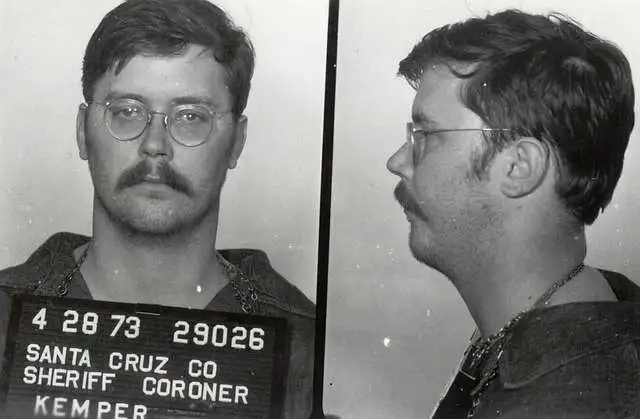
b: 1948
Edmund Kemper
Summary
Name:
Nickname:
Co-ed Killer / Co-ed Butcher / Ogre of Aptos / The Mad Titan / Big EdYears Active:
1964 - 1973Birth:
December 18, 1948Status:
ImprisonedClass:
Serial KillerVictims:
10Method:
Shooting / HittingNationality:
USA
b: 1948
Edmund Kemper
Summary: Serial Killer
Name:
Edmund KemperNickname:
Co-ed Killer / Co-ed Butcher / Ogre of Aptos / The Mad Titan / Big EdStatus:
ImprisonedVictims:
10Method:
Shooting / HittingNationality:
USABirth:
December 18, 1948Years Active:
1964 - 1973Date Convicted:
November 8, 1973bio
Edmund Kemper was born on December 18, 1948, in Burbank, California. He had an older sister and a younger sister. His parents often argued and divorced when he was nine years old. After the divorce, he moved to Montana with his mother and sisters.
Living with his mother was tough for Edmund. She was very strict and often spoke to him harshly. This made him feel bad and angry. At home, Edmund started to act out in worrying ways. He would take apart his sisters' dolls, which scared his family.
When Edmund was 15, he tried to live with his father in California. But his father had a new family and sent Edmund to live with his grandparents on a farm. There, he felt alone and unwanted.
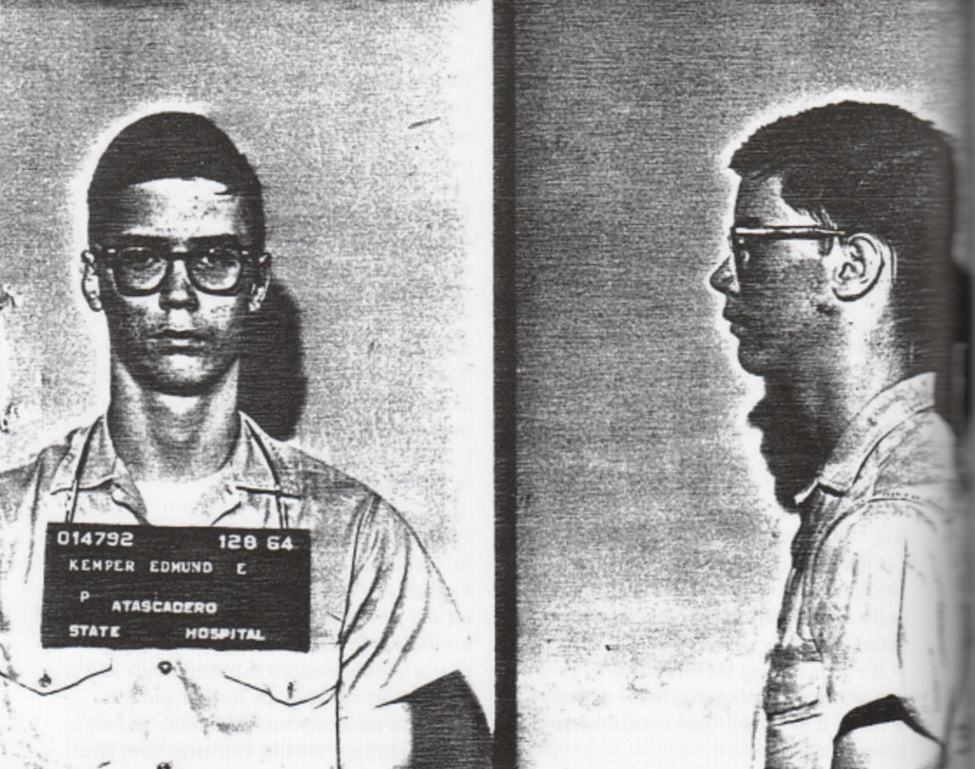
Life on the farm was hard. Edmund didn't get along with his grandmother. One day, when he was 15, he made a terrible decision in anger and ended his grandmother's life. He said he did it to see what it felt like. Then, he also ended his grandfather's life, thinking it would save him from sadness.
After this, Edmund went to the police himself. He was sent to a state hospital where doctors looked after him. They found him smart but troubled. When he turned 21, the doctors thought he was not dangerous anymore and let him go. Unfortunately, this was a mistake.
murder story
After Edmund Kemper was released from the state hospital, he seemed to be improving. He moved back in with his mother, Clarnell, in Santa Cruz. He started attending community college and worked a series of jobs, trying to live a normal life. However, the anger inside him did not go away.
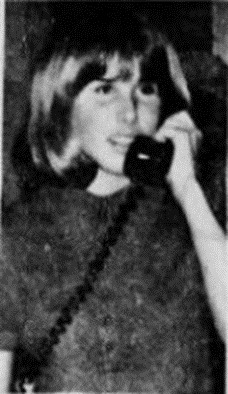
In May 1972, Kemper began to act on his dark thoughts again. He picked up two college students, Mary Ann Pesce and Anita Luchessa, who were hitchhiking. He drove them to a secluded area where he ended their lives. This was just the beginning of a series of terrible actions.
A few months later, Kemper picked up another hitchhiker, Aiko Koo, who was just 15. He drove her to a remote area, and again, he committed a violent act. Kemper's pattern of picking up hitchhikers and harming them continued, and his actions became more frequent.

In January 1973, he picked up Cindy Schall, a college student. After taking her life, he brought her back to his mother's house where he hid her until he could remove her from the property. This showed how bold and reckless his behavior had become.
The next month, he encountered two more students, Rosalind Thorpe and Allison Liu, at the university campus. He took their lives as well, showing no signs of stopping. Kemper was becoming more dangerous with each act.
In April 1973, after an argument, Kemper took the life of his own mother, Clarnell. He then invited her friend, Sally Hallett, over and also ended her life. After these last acts, Kemper drove to Colorado. Overwhelmed by guilt, he called the police and confessed to all his actions. He directed them to evidence linking him to the victims. The police arrested him, and he was brought back to California.
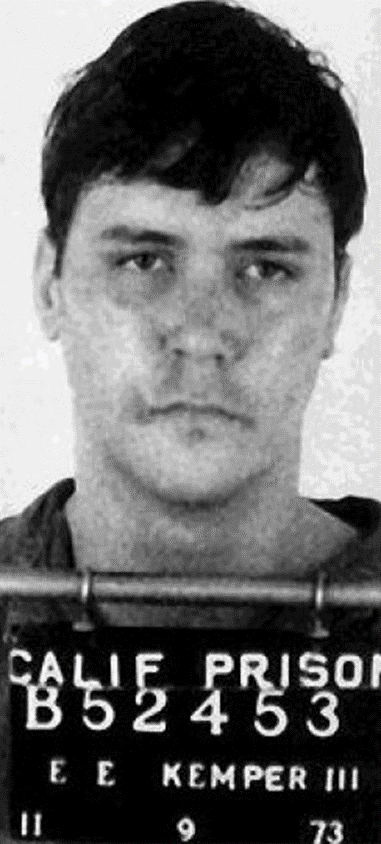
Kemper's trial began in October 1973. He was charged with multiple counts of taking lives. He did not deny what he did. Instead, he shared details about his actions, which shocked everyone listening.
During the trial, psychologists testified about Kemper's mental state. They discussed how he showed signs of severe psychological issues from a young age. These problems were never fully addressed, leading to his harmful behavior as an adult.
Kemper's personal life was complex. He had a high IQ and was articulate, which masked his dark side. Those who knew him described him as friendly and intelligent, not knowing his true nature.
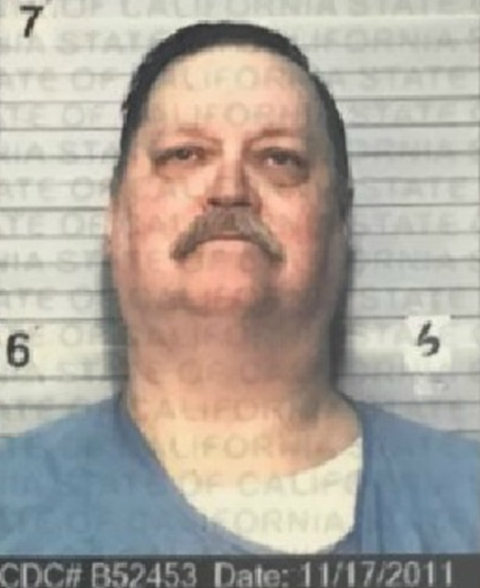
In 1973, Kemper was found guilty of all charges and received several life sentences. This meant he would spend the rest of his life in prison without the possibility of release.
While in prison, Kemper has participated in interviews and shared insights about his actions and thoughts. He has lived a relatively quiet life behind bars, engaging in prison activities but always under watch. Edmund Kemper remains in prison today, serving his life sentences.